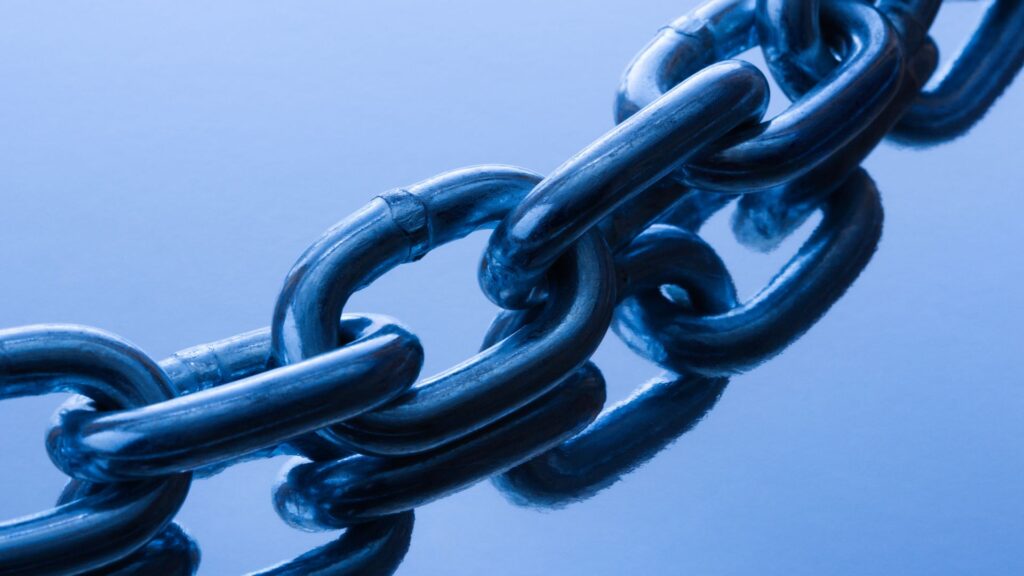Unlocking the Potential of Nofollow Links: A Comprehensive Guide
In the ever-evolving world of search engine optimization (SEO), understanding the nuances of different link types is crucial for developing an effective strategy. One such link type that often sparks debate among SEO professionals is the nofollow link. At IncRev, we believe in providing our clients with comprehensive knowledge to make informed decisions about their SEO efforts. In this article, we’ll delve deep into the world of nofollow links, exploring their significance, benefits, and how they fit into a holistic SEO approach.
What Are Nofollow Links?
Nofollow links are hyperlinks with a rel=”nofollow” HTML attribute. This attribute instructs search engines not to pass PageRank or link equity to the linked page. Essentially, it’s a way of telling search engines, “Don’t count this link as a vote of confidence for the linked website.”
The nofollow attribute looks like this in HTML:
<a href="https://example.com" rel="nofollow">Anchor Text</a>The Origin of Nofollow Links
The nofollow attribute was introduced in 2005 as a collaborative effort between major search engines to combat comment spam on blogs. As blogs gained popularity, spammers flooded comment sections with links to manipulate search rankings. The nofollow attribute provided webmasters with a tool to discourage this behavior by nullifying the SEO value of these links.
Nofollow vs. Dofollow Links: Understanding the Difference
The primary distinction between nofollow and dofollow links lies in how search engines treat them:
- Dofollow Links: These are standard links that pass PageRank and contribute to the linked site’s search engine rankings.
- Nofollow Links: These links do not pass PageRank and, according to Google, are not factored into their ranking algorithms.
While reading this, you might think nofollow links are of no value. However, while dofollow links are the most sought after in the world of link building, it’s important to note that nofollow links can still provide value in many ways, although they may not directly influence rankings. We’ll explore the benefits of nofollow’s later in this article.
Common Sources of Nofollow Links
Certain types of websites and content typically use nofollow links by default:
- Blog comments
- Social media platforms (e.g., Facebook, Twitter)
- Forum posts
- Wikipedia
- Paid advertisements
- User-generated content platforms
- Some news websites and high-profile blogs
The SEO Impact of Nofollow Links
While Google states that nofollow links don’t pass PageRank, the SEO community remains divided on their exact impact. Some studies and experiments suggest that nofollow links may have some influence on rankings, albeit indirectly. At IncRev, we believe in a balanced approach that considers both dofollow and nofollow links as part of a comprehensive SEO strategy.
Benefits of Nofollow Links
Despite not passing PageRank, nofollow links can still be valuable for several reasons:
- Diversifying Your Link Profile: A natural backlink profile should include a mix of dofollow and nofollow links. An overabundance of dofollow links can appear unnatural to search engines.
- Driving Referral Traffic: A well-placed nofollow link on a high-traffic website can still drive significant traffic to your site.
- Brand Exposure: Nofollow links from reputable sources can increase your brand visibility and credibility.
- Potential for Dofollow Links: Exposure from nofollow links can lead to other websites linking to you with dofollow links.
Nofollow Links in Your SEO Strategy
At IncRev, we recommend incorporating nofollow links into your SEO strategy in the following ways:
- Focus on Quality Content: Create valuable content that naturally attracts both dofollow and nofollow links.
- Engage in Community Discussions: Participate in forums and comment sections relevant to your industry, even if links are nofollowed.
- Leverage Social Media: While social media links are typically nofollow, they can drive traffic and increase brand awareness.
- Consider Paid Advertising: Paid links should be nofollowed, but can still provide value through increased visibility and traffic.
How IncRev Can Help Optimize Your Link Building Strategy
At IncRev, we understand the complexities of link building in today’s SEO landscape. Our team of experts can help you develop a balanced link building strategy that incorporates both dofollow and nofollow links effectively. We focus on:
- Analyzing your current link profile
- Identifying high-quality link opportunities
- Creating content that naturally attracts links
- Developing strategies for community engagement and brand exposure
- Monitoring and reporting on the impact of your link building efforts
By partnering with IncRev, you can ensure that your link building strategy is comprehensive, effective, and aligned with the latest SEO best practices.
Conclusion
While the debate around the value of nofollow links in SEO continues, it’s clear that they play an important role in a well-rounded digital marketing strategy. By understanding the nuances of nofollow links and incorporating them thoughtfully into your SEO efforts, you can build a more natural link profile, increase brand exposure, and drive valuable traffic to your website.
At IncRev, we’re committed to helping our clients navigate the complex world of SEO and achieve sustainable, long-term success in search rankings. Contact us today to learn how we can elevate your link building strategy and drive your online presence to new heights.
Frequently Asked Questions
Can nofollow links hurt my SEO?
No, nofollow links do not hurt your SEO. In fact, they’re a natural part of a diverse link profile. However, an excessive number of low-quality nofollow links could be a sign of spammy practices, which might attract negative attention from search engines.
Should I ask websites to remove nofollow attributes from links to my site?
Generally, it’s not recommended to ask websites to remove nofollow attributes. Many sites have policies in place regarding link attributes, and such requests might be seen as attempting to manipulate search rankings. Instead, focus on earning high-quality dofollow links through valuable content and genuine relationships.
How can I check if a link is nofollow?
You can check if a link is nofollow by viewing the page source code and looking for the rel=”nofollow” attribute in the link’s HTML. Alternatively, you can use browser extensions or SEO tools that highlight nofollow links on a page.
Do I need to use nofollow links on my own website?
You should use nofollow links for paid advertisements, user-generated content, and links to untrusted sources. It’s also a good practice to nofollow links in widgets or embedded content that appears across many pages of your site.
How many nofollow links should I have in my link profile?
There’s no ideal ratio of dofollow to nofollow links. A natural link profile will have a mix of both, with the exact proportion varying depending on your industry and online presence. Focus on acquiring high-quality links, both dofollow and nofollow, through legitimate means.


